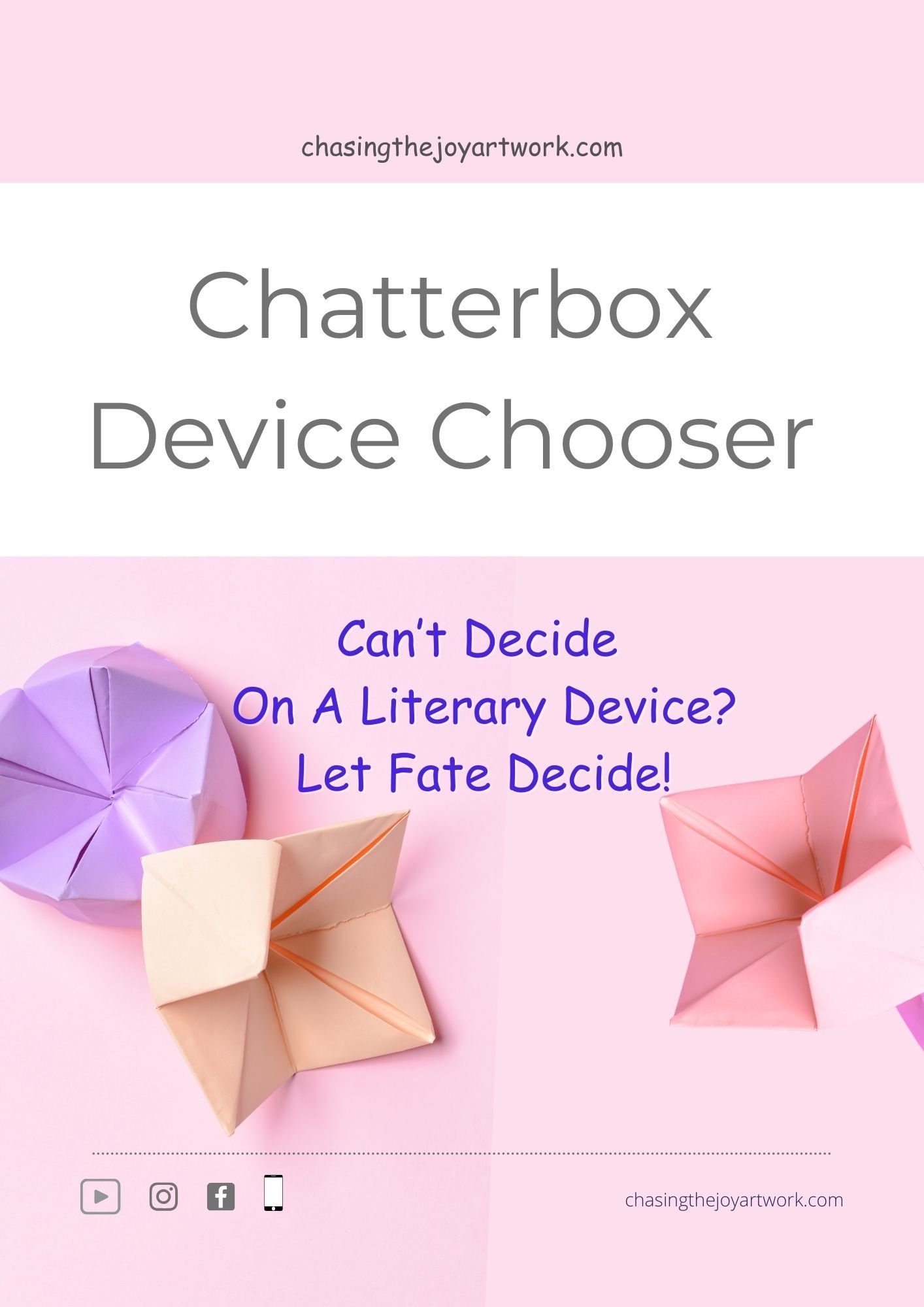Unlocking the Magic of Literary Devices
Welcome, fellow word enthusiasts, to a whimsical look at the power of literary devices, those compelling tools that artful writers use to bewitch and captivate their readers!
Literary Devices are ways that language can be used to achieve a particular effect. They can spark imagination, create comparison, evoke emotions, control the pace, convince, surprise and delight! If you want to take your writing to the next level, become a master of literary devices!
5 Reasons Why to Use Literary Devices
Literary devices are used in writing to enhance the overall quality and impact of a piece of literature. They add depth, creativity, and complexity to the text, making it more engaging and memorable for the reader. Here are some reasons why authors use literary devices:
1. Captivating the Reader: Literary devices help writers grab the reader's attention and keep them engaged. Devices like similes, metaphors, and vivid imagery create an imaginative world that draws the reader into the story.
2. Stirring Emotion: Literary devices evoke emotions in readers by appealing to their senses and imagination. Through devices like personification, alliteration, and symbolism, writers can create a specific mood or atmosphere, making the reader feel a certain way.
3. Adding Depth and Complexity: Literary devices add layers of meaning to a text, making it more thought-provoking. Devices like irony, foreshadowing, and allegory allow for deeper exploration of themes and ideas.
4. Enhancing Communication: Literary devices also help writers convey their message more effectively. They provide unique and creative ways to express thoughts, emotions, and concepts, making the writing more memorable.
5. Engaging the Senses: Literary devices appeal to the senses, making the writing more vivid and sensory-rich. By using devices like imagery, onomatopoeia, and sensory language, writers can paint a vivid picture in the reader's mind and make the text come alive.
Here are some literary devices to get you started!
Metaphors and Similes: Painting Pictures with Words
Imagine a world where words become a kaleidoscope of colors and emotions. Metaphors and similes sprinkle magic into a text and bring imagination to the written word. From comparing the ocean to a vast, untamed beast, to describing a smile as bright as the sun, where would we be without simile and metaphor?
Alliteration: Tongue-Twisters
Have you ever wondered why some phrases seem to roll off the tongue effortlessly? It's all thanks to the power of alliteration! Discover how writers use this playful device to create tongue-twisting tales and memorable lines that tickle our ears and make us smile.
Hyperbole: The Art of Exaggeration
Can’t decide which ones to use? Leave it to fate with my
FREE Chatterbox Device Chooser!
Buckle up! Prepare to be entertained by hyperbole, where the ordinary becomes extraordinary, and the mundane becomes magnificent. From hunger that could rival a bottomless pit, to a storm that rattles the heavens, writers use hyperbole to add flair and drama to their storytelling.
Personification: Giving Life to the Inanimate
What if objects could speak, animals could reason, and nature had a voice? Writers breathe life into the inanimate, giving objects and animals human characteristics to enchant readers, perhaps as the wind whisper secrets and the stars dance across the night sky.
Symbolism: Decoding Hidden Messages
Sometimes, a pen is not just a pen, and a rose is more than just a flower. The hidden messages behind objects, characters, and events in literature, from a dove symbolizing peace, to a red rose representing love, add depth and layers of meaning to writing.
As you can see, literary devices are powerful tools that enable writers to create engaging, meaningful, and impactful works of literature. They enhance the reader's experience and make the writing more memorable and enjoyable.
Want to see how I use literary devices? Watch here.
So, pepper your plots and poetry with well-chosen literary devices to take your writing to the next level! You won’t regret it!
Push your creative boundaries and enjoy the journey!
Monique x





